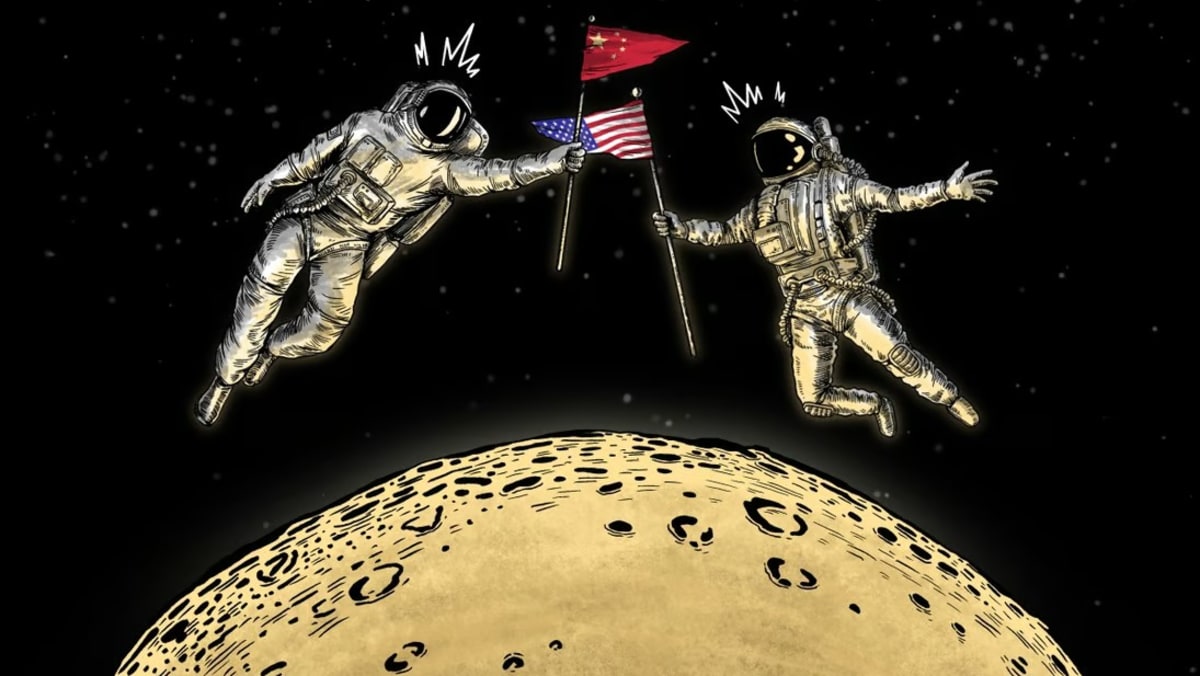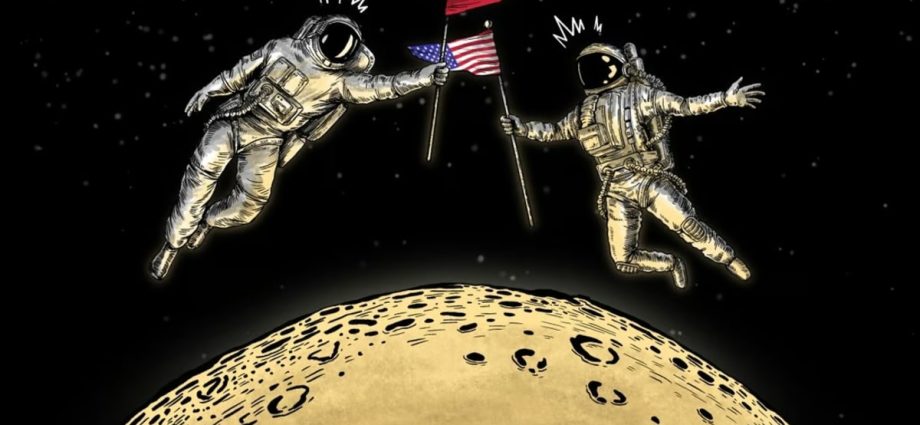
Few places on the moon come with the conditions needed for sustainable human exploration, such as continual sunlight to power vehicles and lunar bases. But while it is always dark at the bottom of the Shackleton crater, parts of its rim are permanently in sunlight.
In 2021, NASA and IM announced that the Texas-based company would develop a commercial lunar lander to deliver an ice drill to an area known as the Shackleton connecting ridge, just west of the crater.
“This area receives sufficient sunlight to power a lander for a 10-day mission, while also providing a clear line of sight to Earth for constant communications,” NASA said.
It was referring to the IM-2 mission, which is scheduled to lift off in November at the earliest.
China has yet to officially announce the landing site for its Chang’e 7 mission, but according to Wu Yanhua, chief designer of the country’s Deep Space Exploration programme, its top candidate is also the Shackleton crater region.
Chang’e 7 would aim for an area southeast of Shackleton, Wu told the First International Deep Space Exploration Conference, or Tiandu Forum, in the Chinese city of Hefei last month.
Papers published in Chinese-language journals have already shown China’s strong interest in going to the crater. Shackleton was ranked first in a 2020 analysis of suitable zones and spots for lunar south pole landing, as Chang’e 4 mission commander Zhang He and her colleagues reported in the Journal of Deep Space Exploration in June that year.

